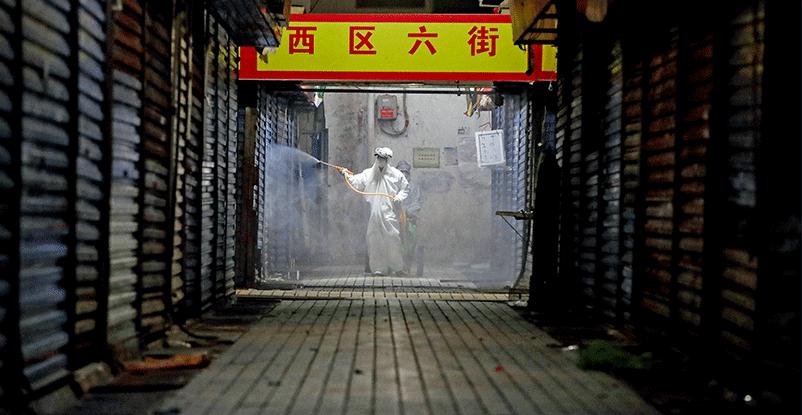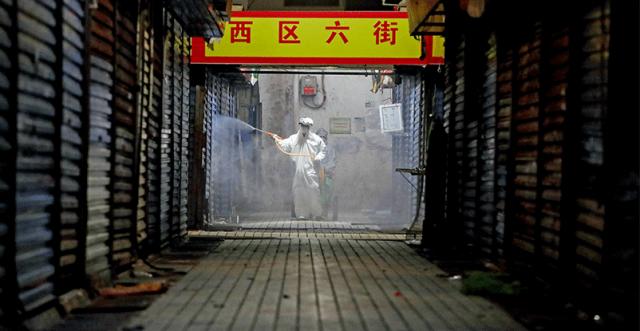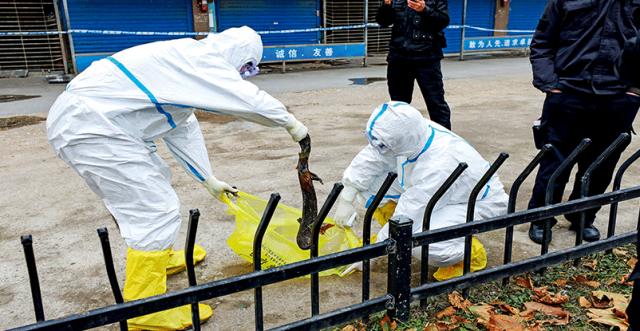According to Zhu Can, president of investment firm Sinvo Group and researcher of wet market planning and development, China’s wet market system originates from the central government’s 1988 “shopping basket program” designed to ease strained supplies of agricultural products. The government set up production bases and encouraged wholesale markets to expand and merge. Since then, distribution has flowed from farmers to wholesale markets to wet markets.
“Early on, wet markets were State-owned, and following reform and opening-up, they were built for two purposes: increasing vegetable supply and providing employment for rural migrants,” Zhang Jingyi, secretary to the president of supermarket chain Yonghui Superstores, told NewsChina.
“During that time, wet markets served as an amenity for neighboring communities and were planned and managed by the government... The model differs from running a company and did not require a lot of monetary input,” he said.
As economic reforms deepened, wet market operations diversified. Management increasingly became a challenge. According to Zhu, “poor sanitary conditions, crude management and loose supervision” are the most common failings of China’s wet markets. With their negative influence on urban environments growing, more experts are suggesting wet markets be replaced with supermarkets.
These voices became even louder after 2000 when Fuzhou, Fujian Province introduced foreign and domestic supermarket chains, such as Trust-Mart and Yonghui, and turned wet markets into supermarkets. Media reports at the time praised the move, saying it gave residents more options, increased tax revenue and improved the city’s overall sanitation.
However, as other cities followed Fuzhou, problems quickly emerged. “Shanghai, for example, had 800 wet markets at the time, and it took us and another cooperative company five years to rebuild only 30... Chongqing took two years to rebuild a 400-stall wet market,” Zhang said.
“Renovation was actually very costly... around 20-30 percent more than building a brand new supermarket,” he added.
More importantly, statistics showed that wet markets are difficult to replace. According to an industrial report released by China Merchants Securities in April 2019, traditional wet markets were still the top source for retail fresh produce in China, accounting for 73 percent of the total market, followed by supermarkets at 22 percent. E-commerce only took up 3 percent.
Data from the National Bureau of Statistics also showed that by 2018, China had 1,664 wet markets, 853 selling specific agricultural products and included nearly 47,000 stalls.
“Wet markets are more convenient than supermarkets, and their produce is cheaper, fresher and more varied,” said Lang Guandi, a 68-year-old woman in Hangzhou, Zhejiang Province, adding that most people she knows prefer to shop at wet markets for farm produce.
“The number of stalls is actually decreasing due to spontaneous market adjustments such as the merging and expansion of stalls, but no matter how the policies change, people will never give up demand for wet markets,” said Sheng Qiang, an associate professor of arts and architecture at Beijing Jiaotong University who has tracked the changes in wet markets since 2005.

 Old Version
Old Version

